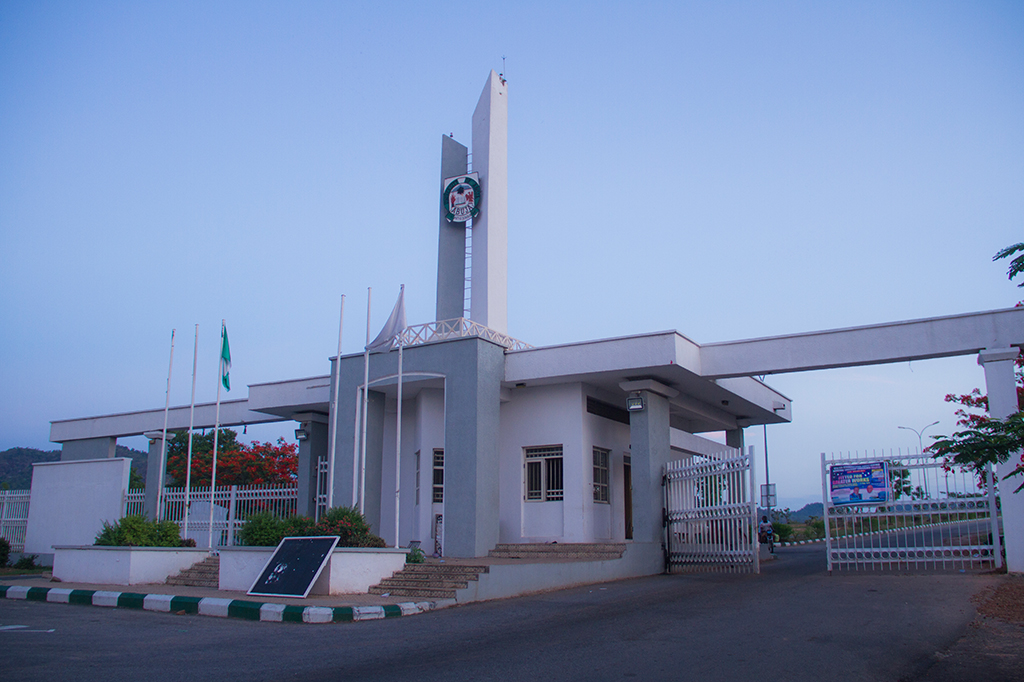Protests have been an integral part of human history, serving as a potent means through which individuals and groups express dissent, demand change, and influence policy. From ancient civilizations to the modern digital age, the act of protesting has evolved in its forms, causes, and impacts.
The history of protest dates back to ancient times. One of the earliest recorded protests occurred in 494 BCE during the Roman Republic, known as the First Secession of the Plebs. The plebeians, Rome’s common citizens, withdrew from the city to force the patrician class to address their grievances regarding economic hardships and lack of political representation. This protest led to the creation of the office of the Tribune of the Plebs, providing the commoners a voice in the government.
During the medieval period, protests were often linked to social and economic injustices. For instance, the Peasants’ Revolt in England in 1381 was driven by discontent over oppressive taxes and feudal labor conditions. Although it was violently suppressed, it signaled the growing unrest among the lower classes and the need for systemic change.
The early modern era saw the rise of more organized and ideologically driven protests. The Protestant Reformation in the 16th century, spearheaded by Martin Luther’s Ninety-Five Theses, was a religious protest against the Catholic Church’s practices. This movement not only reshaped religious landscapes but also influenced subsequent political and social protests.
The 18th century was marked by revolutionary protests, such as the American Revolution (1765-1783) and the French Revolution (1789-1799). These uprisings were fueled by demands for independence, liberty, and equality. The American colonies protested British taxation without representation, leading to the Declaration of Independence and the formation of a new nation. The French Revolution, driven by economic distress and a desire to end monarchical rule, resulted in the establishment of a republic and significant societal transformations.
The 19th and 20th centuries witnessed an explosion of protest movements. The Industrial Revolution brought about significant economic and social changes, leading to labor movements advocating for workers’ rights. The Chartist movement in Britain (1838-1857) demanded political reforms, including universal male suffrage and secret ballots. Although it did not achieve all its aims, it laid the groundwork for future democratic reforms.
The 20th century was a period of intense protest activity. The civil rights movement in the United States, led by figures like Martin Luther King Jr., sought to end racial segregation and discrimination. The nonviolent protests, such as the Montgomery Bus Boycott (1955-1956) and the March on Washington (1963), played a crucial role in the passage of civil rights legislation.
Globally, anti-colonial protests gained momentum as countries in Asia, Africa, and Latin America fought for independence from European colonial powers. Gandhi’s nonviolent resistance against British rule in India inspired numerous movements worldwide, demonstrating the power of peaceful protest in achieving political goals.
Protests are driven by various causes, often interconnected and multifaceted. Understanding these causes is crucial for addressing the root issues and fostering positive change.
Political oppression and lack of representation are significant drivers of protest. When people feel excluded from political processes or are subjected to authoritarian regimes, they are more likely to protest. The Arab Spring (2010-2012) exemplifies this, where citizens across the Middle East and North Africa rose against oppressive governments demanding democratic reforms and greater freedoms.
Economic inequality and hardship are potent catalysts for protest. When a significant portion of the population experiences poverty, unemployment, and exploitation, protests often emerge. The Occupy Wall Street movement in 2011 highlighted issues of economic inequality and the influence of corporate power in politics, calling for a fairer distribution of wealth and resources.
Social injustices, including discrimination based on race, gender, sexuality, and religion, also lead to protests. The feminist movement, the LGBTQ+ rights movement, and Black Lives Matter are examples of protests driven by social causes. These movements seek to address systemic discrimination and promote equal rights and opportunities for marginalized groups.
Environmental degradation and climate change have increasingly become causes of protest. The global climate strikes, inspired by Swedish activist Greta Thunberg, mobilized millions of people worldwide to demand urgent action on climate change. These protests highlight the need for sustainable policies to protect the planet for future generations.
Protests can also arise from cultural and identity-related issues. Indigenous movements, such as the Standing Rock protests against the Dakota Access Pipeline in the United States, seek to protect ancestral lands and preserve cultural heritage. These protests underscore the importance of respecting indigenous rights and traditions.
The effects of protests can be profound, influencing political, social, and economic landscapes. While some protests achieve immediate success, others contribute to long-term changes.
Protests have historically played a crucial role in shaping political systems and policies. The fall of the Berlin Wall in 1989, driven by peaceful protests in East Germany, led to the reunification of Germany and the end of the Cold War. Similarly, the Civil Rights Movement in the United States resulted in landmark legislation, including the Civil Rights Act of 1964 and the Voting Rights Act of 1965, which dismantled institutionalized racism and expanded political rights.
In some cases, protests have led to the overthrow of governments. The Tunisian Revolution in 2011, part of the Arab Spring, resulted in the ousting of President Zine El Abidine Ben Ali and sparked a wave of protests across the Arab world. These movements demonstrated the power of collective action in challenging authoritarian regimes.
Protests can drive significant social change by raising awareness and shifting public attitudes. The #MeToo movement, which began in 2017, exposed the prevalence of sexual harassment and assault, leading to increased accountability and changes in workplace policies. This movement empowered survivors to speak out and sparked a global conversation about gender-based violence.
Social movements often inspire solidarity and community building. The LGBTQ+ rights movement, through events like Pride parades, has fostered greater acceptance and legal recognition of LGBTQ+ individuals. These movements challenge societal norms and promote inclusivity and diversity.
Protests can also impact economies, both positively and negatively. Strikes and labor protests can lead to improved wages, working conditions, and labor rights. The New Deal policies in the United States during the Great Depression were partly influenced by labor protests and demands for economic reform.
However, protests can also disrupt economic activities and cause financial losses. Prolonged protests, such as the Yellow Vest movement in France (2018-2019), can impact businesses and tourism. Governments often face pressure to address protestors’ demands to stabilize the economy.
Protests contribute to cultural shifts by challenging established norms and promoting new ideas. The countercultural movements of the 1960s, such as the anti-war protests and the civil rights movement, reshaped cultural attitudes towards peace, equality, and human rights. These movements influenced music, art, literature, and fashion, leaving a lasting legacy on global culture.
Environmental protests have raised awareness about ecological issues and pressured governments and corporations to adopt sustainable practices. The global climate strikes and campaigns against deforestation, pollution, and fossil fuels have led to policy changes and increased investment in renewable energy. These protests highlight the interconnectedness of environmental sustainability and social justice.
Protests are a vital expression of democratic engagement and a powerful tool for social change. Throughout history, individuals and groups have used protests to challenge injustice, demand rights, and influence policy. The causes of protests are diverse, ranging from political oppression and economic inequality to social injustices and environmental concerns. The effects of protests are equally varied, shaping political systems, driving social change, impacting economies, and influencing cultural norms.
As human rights activists and educators, it is essential to recognize the significance of protests in advancing human rights and promoting democratic values. By understanding the history, causes, and effects of protests, we can better appreciate the power of collective action and inspire future generations to advocate for a more just and equitable world.











